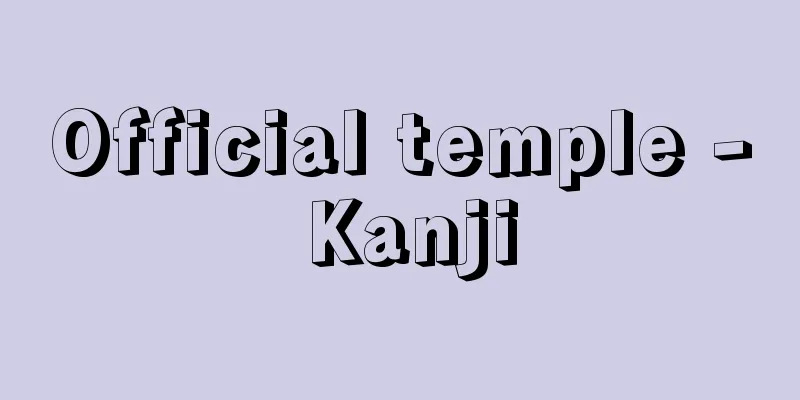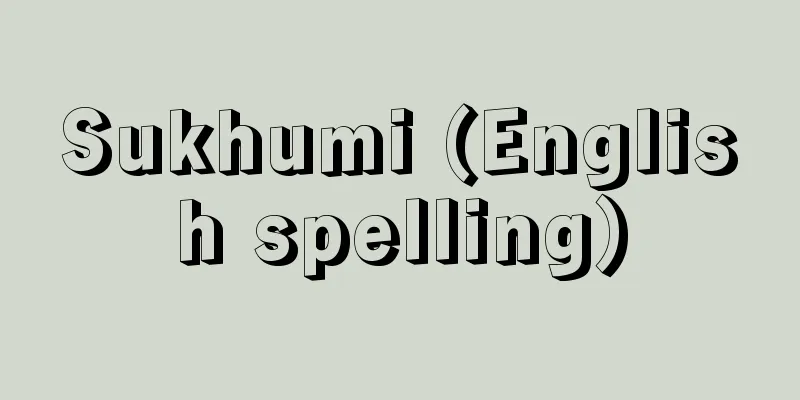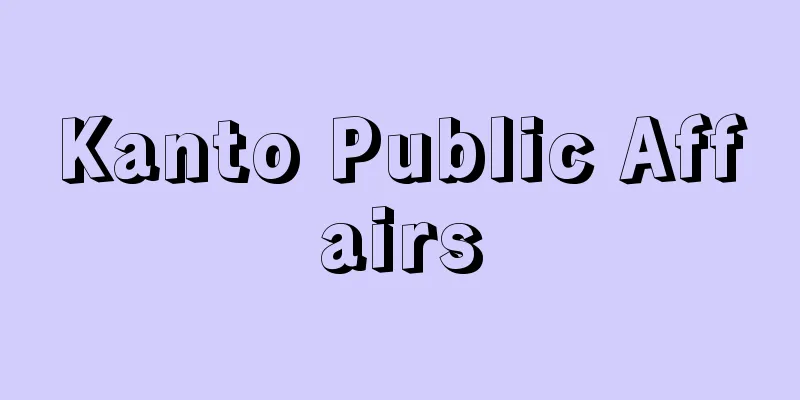Elizabethan Poor Law

|
…These poor people were not the incompetent poor of the Middle Ages, but were poor people with the ability to work, and could even become thieves. Their numbers were far greater, and the state had to use its power to deal with them systematically. The Poor Law is considered the beginning of the modern system, but its culmination, the Elizabethan Poor Law of 1601, divided the able poor and the incompetent poor into administrative units of parishes, and forced the able poor and children to work, even by inflicting punishment on them in workhouses, houses of correction, and general prisons, while protecting the incompetent poor. After that, the poor relief system underwent several changes, such as the Residence Restriction Act (1662), the Workhouse Test Act (1722), the Gilbert Act (1782), and the introduction of the Speenhamland system in 1795. However, as a result of the progress of the Industrial Revolution, the able poor became industrial workers, and the repressive and controlling nature of the Poor Law became unnecessary. … From the Poor Law...Furthermore, due to factors such as the decline in rural population due to enclosures at the time, the development of industry, and the bad coinage, a large number of poor people were created, and measures were needed to deal with this. The Elizabethan Poor Law of 1601 ordered parishes, which were the local authorities at the local level, to prohibit and punish vagrancy and begging, to find employment for those who were able to work, both children and adults, and to protect those who were unable to work. The actual operation was carried out by the parish poor overseer, and the necessary expenses were collected as poor taxes. ... From [Home and Facility Protection]…These two methods were adopted alternately throughout the period of the Poor Law, which lasted from the 17th century to the early 20th century. For example, the Elizabethan Poor Law, enacted in England in 1601, was based on the principle of out-of-hospital relief. However, the New Poor Law of 1834, which was generally expected to have a discouraging effect on seeking help, implemented in-hospital relief based on the principle of inferiority (the idea that poor people who need protection should be treated at a lower standard than the standard of living of ordinary workers). … From [Public Assistance]...Looking at public assistance historically, in the early days of capitalism, social problems arose, including the large number of poor people that came into being as a result of its development, and situations arose in which the state had to take responsibility for providing relief and resolving these problems. The Elizabethan Poor Law of 1601 in England can be said to be the beginning of public assistance that was institutionalized nationwide, and after several amendments as a poor relief system, it was finally established in the National Assistance Act of 1948, when the narrow definition of public assistance mentioned above was established. In Japan, the process went from the 1874 Relief Regulations, through the 1929 Relief Act (implemented in 1932), to the postwar Public Assistance Act. ... *Some of the terminology referenced in the Elizabethan Poor Law is listed below. Source | Heibonsha World Encyclopedia 2nd Edition | Information |
|
…これらの貧民は,中世における無能力貧民ではなく,盗賊ともなりかねない労働能力をもつ貧民であり,その数もはるかに多く,国家の力をあげて組織的に対処せざるをえなかった。救貧法は近代的制度の嚆矢(こうし)とされるが,その集大成である1601年のエリザベス救貧法は,教(会)区parishを行政単位として,有能貧民と無能貧民に分け,有能貧民と児童とは労役場work house,懲治監house of correction,一般監獄などで懲罰を加えてまで就労を強制し,無能貧民は保護する,というものであった。 その後,居住制限法(1662),労役場テスト法(1722),ギルバート法(1782)の制定や1795年のスピーナムランド制度の導入など,救貧制度にはいくたの変遷が見られたが,産業革命進展の結果,有能貧民は産業労働者と化し,救貧法の抑圧管理の性格は不要となった。… 【救貧法】より…さらに,当時のエンクロージャーによる農村人口の減少,産業の発展,貨幣悪鋳などの諸要因とあいまって,貧民が大量に発生し,その対策が必要とされたのである。1601年のエリザベス救貧法は浮浪と乞食の禁止と処罰,児童と成人を問わず労働能力ある者の就業,無能力者の保護を末端の地域自治体である教区に命じた。実際の運営は教区の貧民監督官が当たり,必要な経費は救貧税として徴収した。… 【居宅保護・施設保護】より…17世紀から20世紀初頭まで続いた救貧法の時代をつうじて,この二つの方法は交互に採用された。例えば,イギリスで1601年に成立したエリザベス救貧法は,院外救済を原則としていた。だが,求援抑制的効果を一般的に期待した1834年の新救貧法では,低位性の原則(保護を必要とする貧民の処遇は,一般の労働者の生活よりも低い水準で与えられる必要があるとする考え方)を基本とした労役場workhouseへの収容を前提とする院内救済が実施されることになった。… 【公的扶助】より…また歴史的に公的扶助を見るならば,資本主義時代の初期において,その発展に伴い大量に発生する困窮者をはじめとして社会問題が簇生(そうせい)し,これに対して国家責任によりその救済,解決に当たらねばならない事態が生じてきた。イギリスの1601年エリザベス救貧法は全国的に制度化された公的扶助の嚆矢(こうし)であるといってよく,救貧制度として幾度かの改正を経て,1948年国民扶助法に至り,前述の狭義の公的扶助が確立した,といってよい。日本についていえば,1874年恤救規則から1929年(施行は1932)の救護法を経て,戦後の生活保護法に至る過程である。… ※「エリザベス救貧法」について言及している用語解説の一部を掲載しています。 出典|株式会社平凡社世界大百科事典 第2版について | 情報 |
>>: Collar cells - Collar cells
Recommend
Hidetatsu Egawa
1801-1855 A samurai and gunner in the late Edo pe...
telemeter
…also called telemetering. Measurement performed ...
Peritrichous crystal - Hosho
Also known as peritectic crystals. When crystals ...
Induction - yesterday (English spelling) induction
Inferring and concluding the general from the par...
Hedge, FH (English spelling) HedgeFH
…Transcendentalism, transcendentalism. After the ...
Distributed constant circuit
A distributed constant circuit is a circuit in wh...
Cebu [island] - Cebu
A long, narrow island stretching from north to sou...
Mergus serrator; red-breasted merganser
Order Anseriformes, family Anatidae. Total length ...
Critical realism
The term was first used by Gorky as a counter-conc...
Sassoon, F. (English spelling) SassoonF
...A prominent British Jewish family whose founde...
Ohashigawa River
A river in northeastern Shimane Prefecture that co...
Omoki making - Omoki making
...A boat made by hollowing out a tree trunk. It ...
Pierre Paul Royer-Collard
1763‐1845 French politician and philosopher. Born ...
Container ship - container ship
A ship specializing in the loading and transport o...
Aitken Nuclear Counter - Aitken Nuclear Counter
...An instrument that measures the amount of fine...

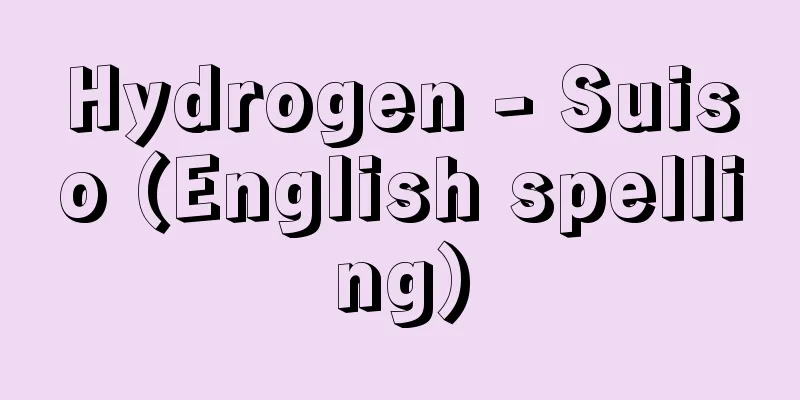
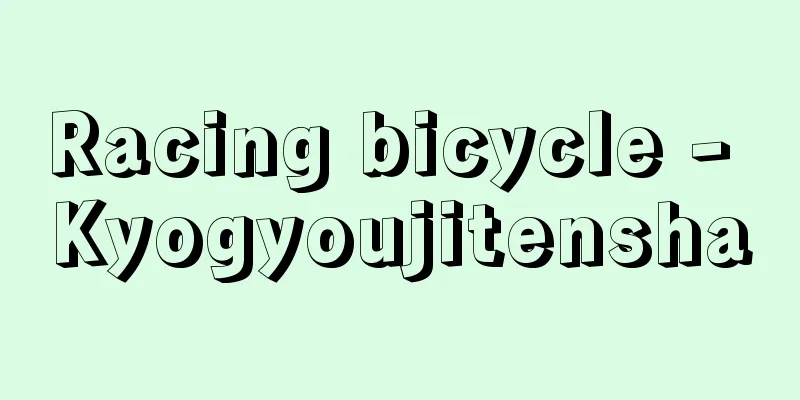

![Guernsey [island] - Guernsey](/upload/images/67cb4932e6e8c.webp)
